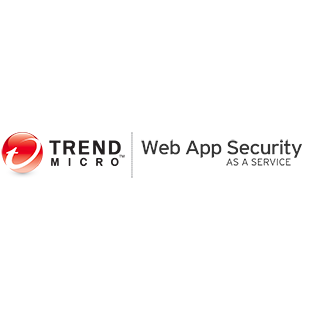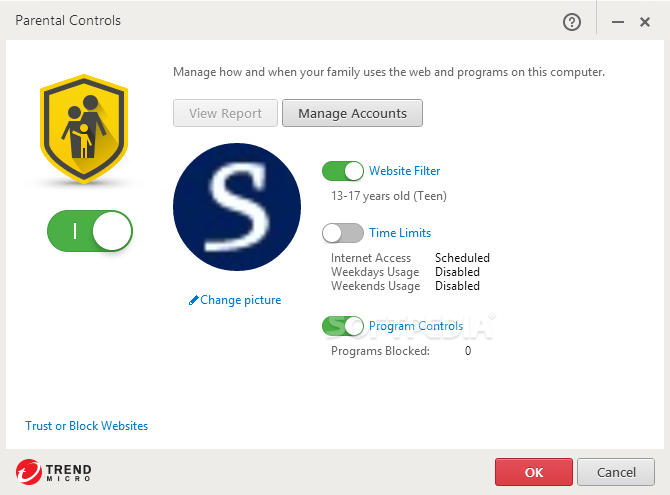

- TREND MICRO SECURITY UPDATE FOR YOUR NEW VERSION OF OSX FOR MAC
- TREND MICRO SECURITY UPDATE FOR YOUR NEW VERSION OF OSX FULL
- TREND MICRO SECURITY UPDATE FOR YOUR NEW VERSION OF OSX DOWNLOAD
- TREND MICRO SECURITY UPDATE FOR YOUR NEW VERSION OF OSX WINDOWS
All supported versions of Microsoft Outlook for Windows are affected.

Microsoft has been coordinating with the affected victims to remediate this concern. There have been reports of limited attacks abusing this gap. Is it in the wild? What versions and operating systems (OS) are affected? We elaborate on this example in our webinar (at 04:23 of the video). The attacker could use the same credentials to gain access to other resources. It is difficult to block outbound SMB traffic for remote users.

CVE-2023-23397 is a zero-touch vulnerability that is triggered when the victim client is prompted and notified (e.g., when an appointment or task prompts five minutes before the designated time). User interaction is not necessary to trigger (even before message preview) it, nor does it require high privileges. While online services such as Microsoft 365 are not susceptible to this attack because they do not support NTLM authentication, the Microsoft 365 Windows Outlook app is still vulnerable.
TREND MICRO SECURITY UPDATE FOR YOUR NEW VERSION OF OSX FULL
As such, threat actors can attempt a NTLM relay attack to gain access to other services, or a full compromise of domains if the compromised users are admins. NTLMv2 hashes are the latest protocol Windows uses for authentication, and it is used for a number of services with each response containing a hashed representation of users’ information, such as the username and password. When the victim connects to the attacker’s SMB server, the connection to the remote server sends the user’s New Technology LAN Manager ( NTLM) negotiation message automatically, which the attacker can use for authentication against other systems that support NTLM authentication. msg - the message format that supports reminders in Outlook - to trigger the vulnerable API endpoint PlayReminderSound using “PidLidReminderFileParameter” (the custom alert sound option for reminders). The attacker remotely sends a malicious calendar invite represented by. Share-hosted on a server controlled by the attacker, the vulnerability is exploited whether the recipient has seen the message or not. For more information about manually caching file downloads on the BES Server, see this technote.The attacker sends a message to the victim with an extended Message Application Program Interface (MAPI) property with a Universal Naming Convention (UNC) path to a remote attacker-controlled Server Message Block (SMB, via TCP 445).
TREND MICRO SECURITY UPDATE FOR YOUR NEW VERSION OF OSX DOWNLOAD
Place the renamed agent installer in the BigFix Server download cacher folder. Rename the agent installer with the sha1 checksum. Update the Fixlet action to use the queried values of the sha1, size, and sha256 properties.Ĥ. For more information about the Fixlet Debugger, see Using the Fixlet Debugger tool.ģ. Note: To use the Fixlet Debugger tool, run the FixletDebugger.exe file, which is located in Program Files > BigFix Enterprise > BES Console > QnA. For example, use the following relevance to query the required values: Q: (sha1 of it, size of it, sha256 of it) of file "C:\Users\ADMIN\Downloads\tmsminstall.zip" Use the Fixlet Debugger tool to calculate the sha1, size, and sha256 values of the agent installer and take note of the values.
TREND MICRO SECURITY UPDATE FOR YOUR NEW VERSION OF OSX FOR MAC
For more information about the agent installation package, see the Trend Micro Security for Mac Administrator's Guide (OfficeScan Edition).Ģ. Get the tmsminstall.zip file from Trend Micro Security for Mac agent installation package, which is located at \TMSM_HTML\ActiveUpdate\ClientInstall\. įor the action to complete successfully, you must do the following steps before deploying this Fixlet:ġ. This sample Fixlet installs Trend Micro Security for Mac (OfficeScan Edition) with the tmsminstall.zip file.


 0 kommentar(er)
0 kommentar(er)
